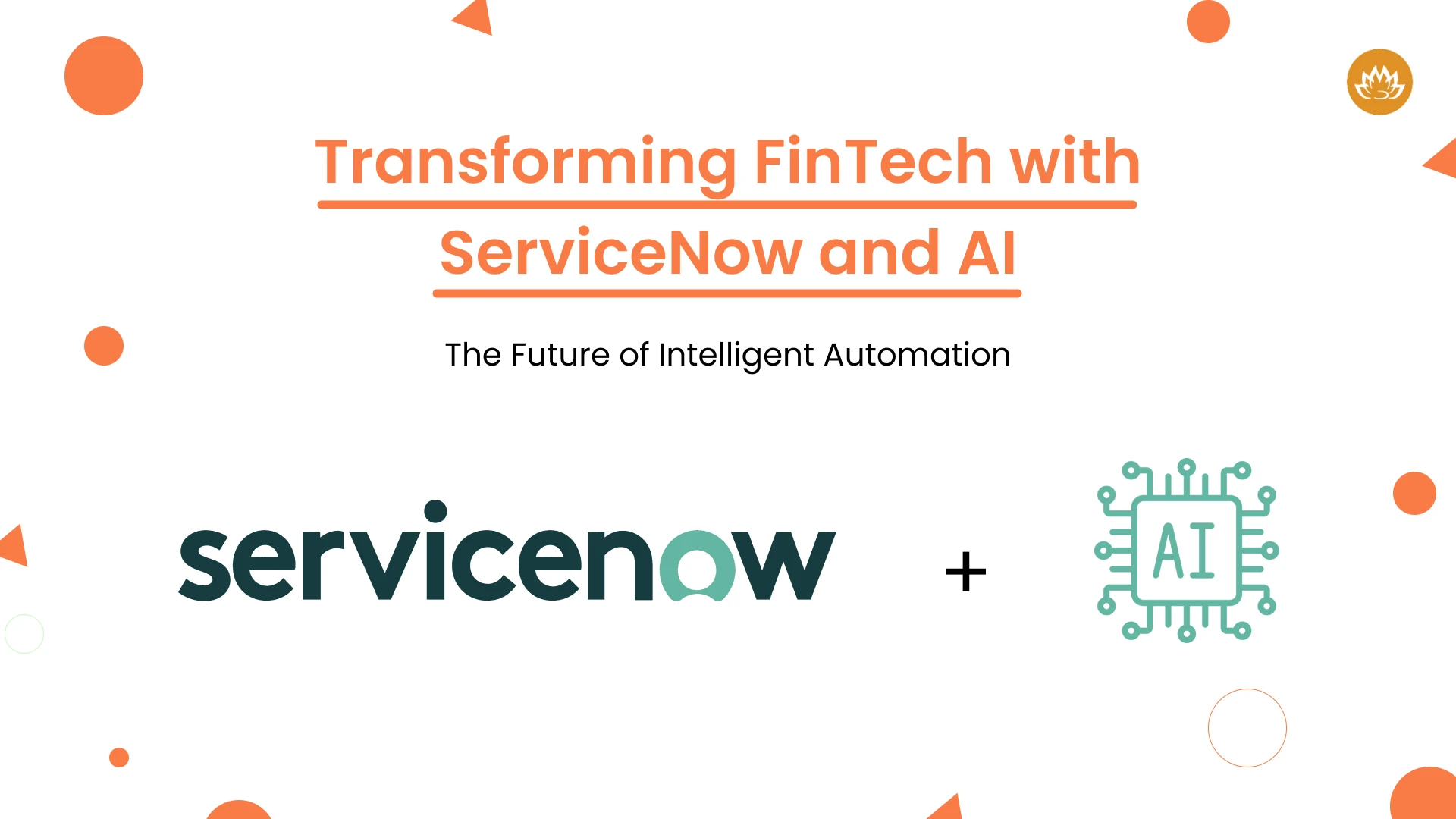So, what does it take to convert your idea into a profit-making app? It takes a lot of effort, and let me tell you, it is a huge deal. One key aspect is choosing the right technology stack for your cross-platform app development project. This process starts with the design and ends with a perfect launch. In the middle of both are a series of phases that occur with the support of different technologies, frameworks, programming languages, APIs, tools, and libraries.
Hence, selecting the right tools requires a rigorous exploration of technology. Considering your end goal, you will always reach this point in your mobile app development journey, seeking a reliable tech stack from the start.
There are three primary methods for developing a mobile app stack: cross-platform, hybrid, and native. Each method has advantages and disadvantages, and the best option for your app will rely on your unique needs and objectives. This blog post will help you choose your app’s optimal tech stack option by breaking it down into parts. We’ll also help you choose the best tech stack for your project.
What is a technology stack?
When you use various kinds of technologies, tools, libraries, programming languages, databases, etc, to build a software application for mobile or a website, then, together, they are simply called a technology stack. They are made of several layers. Like for example, to build a mobile app, below four layers contribute:
Front-end
A mobile application’s front end controls the client-side code that operates on the device and the user interface. This could involve technologies like JavaScript, HTML, and CSS.
Back-end
The back end of a mobile application manages the database and server-side code. This could involve technologies such as a database management system (such as MySQL or PostgreSQL), a web framework (such as Django or Rails), and a programming language (such as Python, Ruby, or Java).
Platform
To create and execute the application, the mobile platform (like iOS or Android) offers the development tools and operating system. Technology like the iOS SDK or Android SDK and programming languages like Objective-C, Swift, Java, or Kotlin may fall under this category.
Hosting
Users can access the app through the server-side code executed in the hosting environment, including Apache, Linux, or Amazon Web Services (AWS).
What are the significant differences between mobile and web app tech stacks?
Although the underlying stacks for web and mobile apps have some commonalities, there are also some significant distinctions to consider. Here are several examples:
Platform
Web apps are accessible from any location and run on web browsers, unlike mobile apps, which are limited to particular platforms like iOS or Android. This influences the tech stack you select, as although web apps may be developed using more cross-platform technologies, mobile apps usually need platform-specific development tools and frameworks.
Programming Languages
Native programming languages like Objective-C or Swift for iOS and Java or Kotlin for Android are typically used in mobile applications. Several computer languages, including Python, Ruby, Java, and JavaScript, can be used to create web applications.
Frameworks
Web app development frameworks can be used on various platforms, whereas mobile app development frameworks are platform-specific. For instance, frameworks like SwiftUI can be used to create iOS apps and Android SDK or Flutter can be used to create Android apps. Frameworks like ASP.NET, Django, or Rails are used to construct web applications.
User Interface
The user interface of mobile apps is tailored to the particular screen size and input methods of the device on which they operate. On the other hand, the user interface of web apps is responsive and adjusts to various device sizes and input methods.
Distribution
While online apps can be accessed directly using a web browser, mobile apps are often distributed through app stores. This impacts how you maintain and update your software and how you make money off it.
Things to consider while choosing the right tech stack

Below are some significant things that you must consider when you choose the technology stack for your mobile application:
App Type
The tech stack you select will depend on the kind of app you wish to develop. A more complex app with advanced features might require a more powerful tech stack, yet a simple app with essential features and functionality might not need a complex tech stack.
Platform
Features and Functionality
The tech stack you choose will also depend on the features and functionality you wish to incorporate into your app. Certain features or functionalities, such as games, augmented reality, or machine learning, are better suited to specific tech stacks.
Budget and Resources Allocated
Choosing the appropriate tech stack will also depend on your budget and available resources, including time, experience, and a development team. Whereas hybrid or cross-platform app development can be quicker and less expensive, native app development might be more costly and time-consuming.
Maintenance and Scalability
Select a technology stack that will keep you on hold as your app grows. This entails considering technologies that ensure a reliable system design as your traffic and user base grow. The servers, hosting companies, databases, and programming languages you choose can significantly impact how easily your app develops and thrives.
How to choose the right tech stack
Native App Development
Native apps are created using the programming languages and official software development kits (SDKs) for the particular platform (iOS or Android). Some common ones are:
iOS apps
Swift
This is the primary programming language for creating iOS apps. It is strong, up-to-date, and simple to learn and use.
Xcode
This is the primary development environment for iOS apps. It is a robust tool that helps developers create and test their apps by including a code editor, debugger, and other features.
iOS SDK
To create iOS apps, you need to use the iOS SDK (Software Development Kit), which contains tools and frameworks for Core Graphics (for drawing and animation), Foundation (for working with data), and UIKit (for creating user interfaces).
UIKit
This framework offers the tools and UI components required to create iOS apps. Classes include buttons, labels, tables, and collection views.
Other Technologies
Other technologies frequently utilized in the creation of iOS apps include databases (such as SQLite or Core Data), networking libraries (such as AFNetworking or Alamofire), and testing frameworks (such as XCTest or Quick).
Android apps
Java
Android apps are primarily developed using this programming language. It is easy to learn and use, powerful, and object-oriented.
Android Studio
For Android apps, this is the primary development environment. It is a robust tool that helps developers create and test their apps by including a code editor, debugger, and other features.
Android SDK
The Android SDK (Software Development Kit) is a set of tools and frameworks for creating Android apps. It includes frameworks for networking, data storage, and UI (User Interface) components.
Android Framework
This collection of APIs (Application Programming Interfaces) provides the essential features of Android apps. It contains classes for event handling, touch handling, and view management.
Kotlin
Android apps can be created with Kotlin, a contemporary statically typed programming language that works with Java. Due to its conciseness, expressiveness, and ease of learning, Kotlin has grown in popularity among Android developers in recent years. Google now recommends it for Android development, and Android Studio fully supports it.
Hybrid App Development
This entails creating a cross-platform mobile application using web technologies, including HTML, CSS, and JavaScript. Frameworks like Cordova, PhoneGap, or Ionic are used to create hybrid apps because they wrap the application within a native container and give users access to native device functionality. Although hybrid app creation is typically quicker and less expensive than native app development, it may result in a less native-like user experience and slower performance.
Cross-platform App Development
Backend Tech Stack
The application’s backend tech stack is its skeleton, ensuring everything runs properly on the front end and optimizing user interactions. Databases, backend tools, frameworks, hosting service providers, and various programming languages make up the backend tech stack.
Popular backend tech stacks, or Full-stack, include MEAN(MongoDB, ExpressJS, AngularJS, and NodeJS), MERN(MongoDB, Express, React, and Node.js), and LAMP (Linux, Apache, MySQL, and PHP). They are renowned for enabling reliable backends. However, for advanced backend programming, developers choose Python and Node.js.
Various tech stacks used by popular companies
Facebook’s primary iOS and Android apps are developed using a native tech stack with distinct Objective-C, Swift, Java, and Kotlin codebases. The apps also use third-party libraries and technologies like React Native and GraphQL, as well as native development frameworks like UIKit (iOS) and Android SDK (Android).
Airbnb
Airbnb’s iOS and Android apps use a hybrid tech stack, with a single JavaScript codebase turned into native code using the React Native framework. For some platform-specific features, the apps also use native development frameworks like the Android SDK (Android) and UIKit (iOS).
Uber
Uber’s primary iOS and Android apps are developed using a native tech stack with distinct Objective-C, Swift, Java, and Kotlin codebases. Additionally, the apps use third-party libraries and tools like RxJava and Retrofit and native development frameworks like UIKit (iOS) and Android SDK (Android).
Instagram’s primary iOS and Android apps are developed using a native tech stack with distinct Objective-C, Swift, Java, and Kotlin codebases. The apps also use third-party libraries and tools like AFNetworking and Facebook SDK, as well as native development frameworks like UIKit (iOS) and Android SDK (Android).
Conclusion
Author
-

Kirtan is CEO of Whitelotus Corporation, an emerging tech agency aimed to empower startups and enterprises around the world by its digital software solutions such as mobile and web applications. As a CEO, he plays key role in business development by bringing innovation through latest technical service offering, creating various strategic partnerships, and help build company's global reputation by delivering excellence to customers.
View all posts











